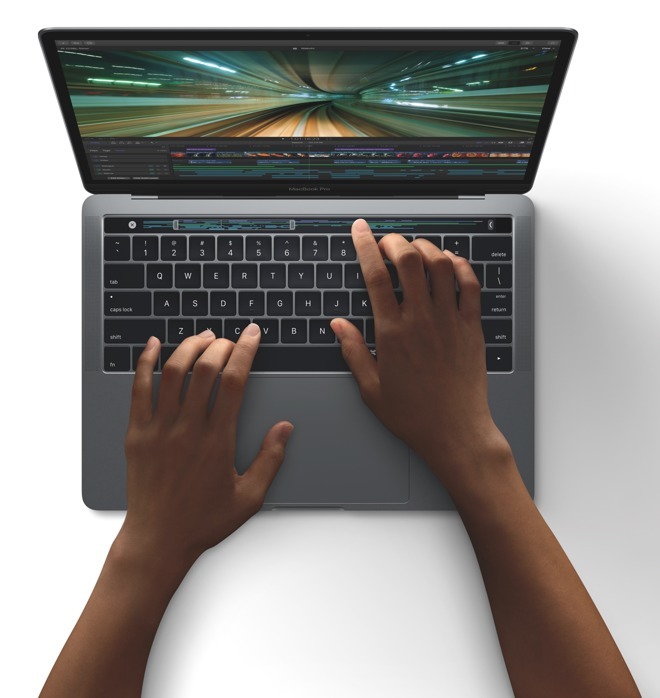

Ugh, I do not like this keyboard, and it’s also on the The 2017 MacBook still uses the butterfly-switch keyboard interduced two years ago.

MacBook Air has a 13-inch screen, but it’s not Retina, so the image quality isn’t as nice. A 13-inch screen, like the one on the MacBook Pro, seems to hit my tolerance level. I adjusted the Display settings to More Space, which makes the screen resolution look more like 1440×900 than the default 1280×800, but I found that while I liked having more desktop space, sometimes I’d find items on screen that were hard for me to see. The 12-inch, 2304×1440 Retina display looks great, though I often find myself thinking that the display is a tad too small for my preference. The speed improvement compared to the 2015 1.1GHz Core M MacBook is definitely something to brag about: a juicy 67 percent. Again, we saw a significant speed gain by the new $1,299 Kaby Lake MacBook-compared to last year’s 2016 1.2GHz Core m5 MacBook, the new MacBook was 21 percent faster. To see how a processor handles multi-core tasks, like those performed by pro-level apps, we used the Geekbench 64-bit Multi-Core test. As expected, the new $1,299 13-inch MacBook Pro was faster that the new MacBook, but only by 10 percent. Against the 2015 1.1GHz Core M MacBook, the new MacBook left the old one in the dust, with a 63 percent improvement. The new MacBook is a whopping 28 percent faster than the 2016 1.2GHz Core m5 MacBook. But what might be surprising is by how much. In this test, the $1,299 MacBook, with its Kaby Lake 1.2GHz dual-core Core m3 processor, surpassed the 20 MacBooks, to no one’s surprise. Geekbench 4 64-bit Single-Core test gauges the computer’s performance with CPU intensive tasks that require only a single processing core, like using a web browser, a spreadsheet, a text editor, or email. Geekbench 64-bit Single-Core and Multi-Core CPU Test IDG We also include a new 2017 13-inch 2.3GHz Core i5 MacBook Pro-the model that sells for $1,299 and does not have a Touch Bar, like other MacBook Pros. In order to see how much the speed of the 2017 MacBook has improved, we ran a set of benchmarks and compared the results to the previous MacBooks. To top off the speed upgrades, Apple says that the solid-state drives in all of its laptops are now 50-percent faster than before thanks to an improved hardware controller.

It replaces the Intel HD Graphics 515 from 2016. It’s still an integrated graphics chip (where the graphics processor is part of the main CPU and uses part of a computer’s main memory) the Intel HD Graphics 615, to be specific.

The MacBook’s graphics gets an upgrade, too. Invest in a USB-C hub if you want to connect multiple devices. That replaces a Skylake 1.2GHz dual-core Core m5 processor with Turbo Boost up to 2.7GHz. Apple also offers a $1,599 MacBook, which has a Kaby Lake 1.3GHz dual-core Core i5 processor with Turbo Boost up to 3.2GHz. In the $1,299 MacBook (which is the model this review focuses on), you’ll find a 1.2GHz dual-core Core m3 processor with Turbo Boost up to 3.0GHz, which replaces a Skylake (Intel’s sixth generation CPU) 1.1GHz dual-core Core m3 processor with Turbo Boost up to 2.2GHz that was in the 2016 $1,299 MacBook. The speed increase is largely due to Kaby Lake, Intel’s seventh-generation CPU.


 0 kommentar(er)
0 kommentar(er)
